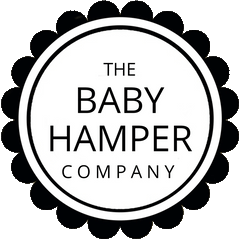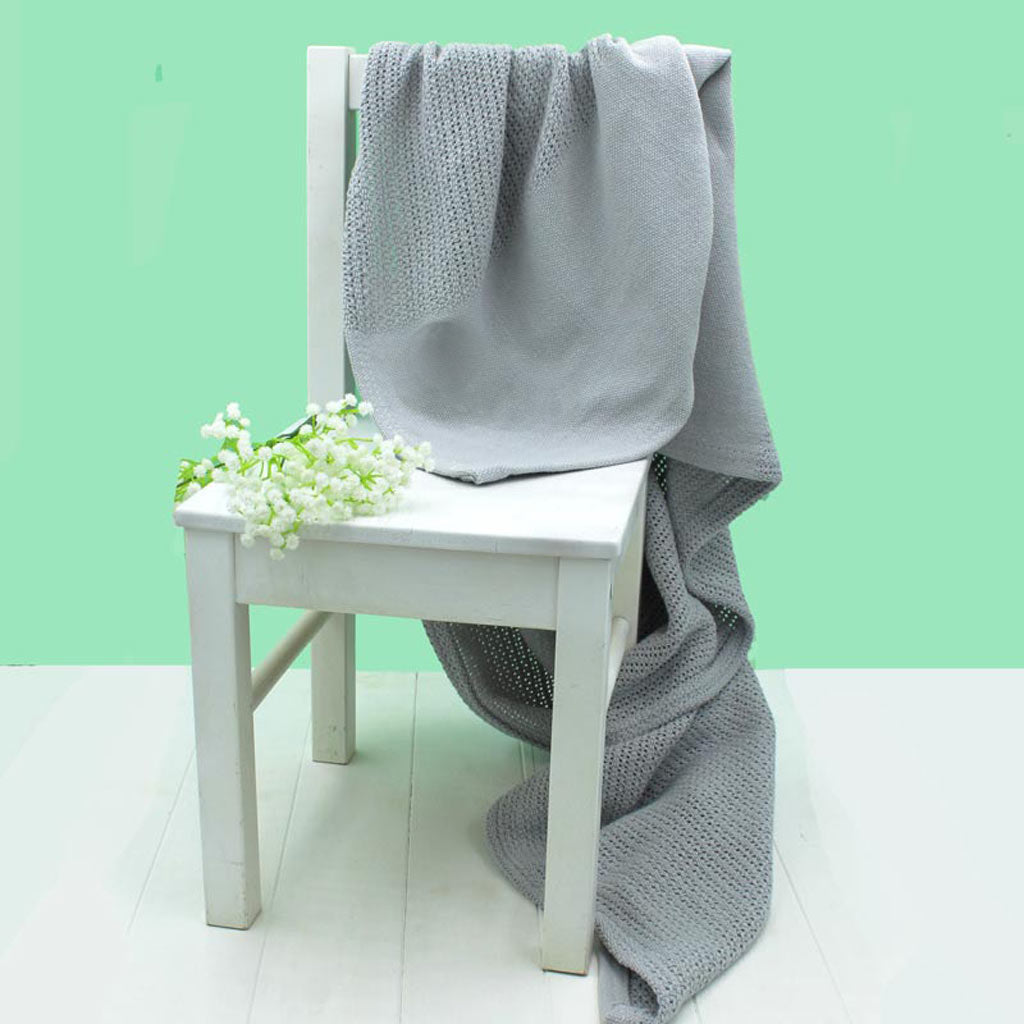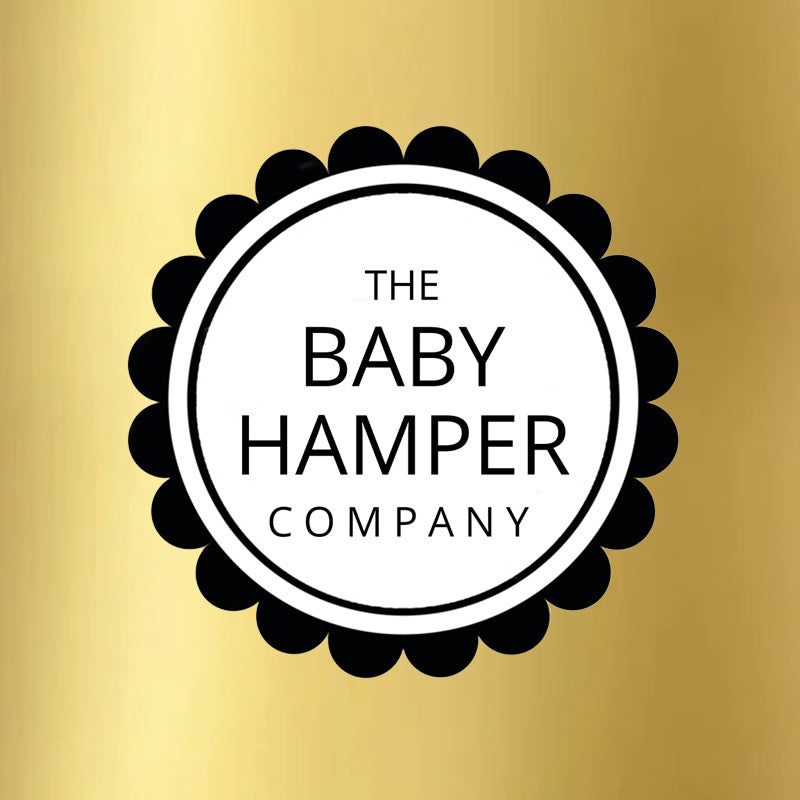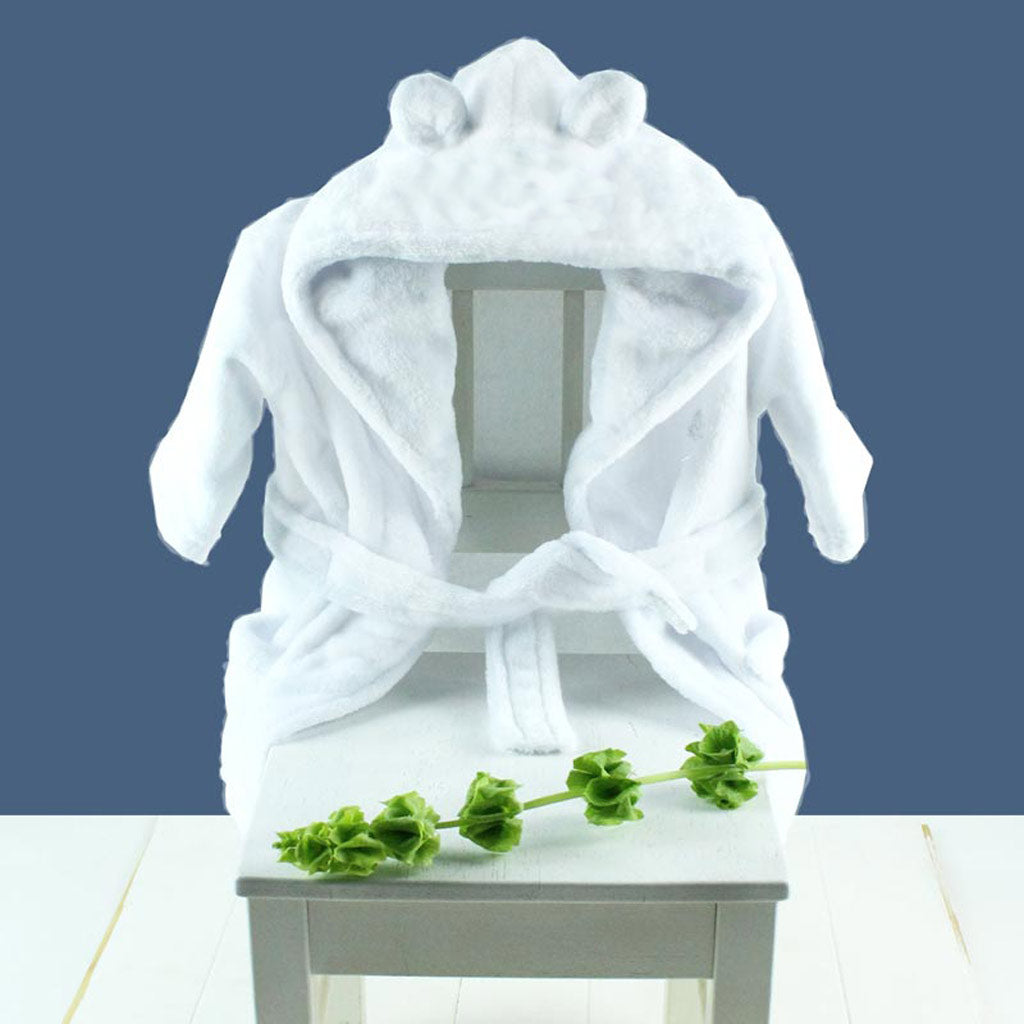Dream feeding is when you give your baby a feed at night. It is normally given before you go to bed, which is around 3-4 hours after your baby goes down for the night. If your baby goes to bed around 7 pm then the dream feed would be given between 10 and 11 pm. You will be the one to initiate the feed and to do this, you will rouse your baby gently from sleep. The idea of a dream feed is that your little one doesn’t wake up.
How Do I Do A Dream Feed?
The great thing about dream feeding is that there are no rules. It’s very easy to adjust the feed to suit your lifestyle. A few hours before you go to bed, you may notice that your baby enters a semi-awake or dreamlike state. A good time for the dream feed would be when your child is stirring but they aren’t fully awake. You may also notice your baby’s eyes rolling under their eyelids, which indicates REM sleep. A lot of babies will feed happily even if they are not in this stage of sleep, so don’t put too much pressure on yourself to catch them during this window. If you want to dream feed then place your breast, or your bottle close to the baby’s lips. Do not force them to feed, but instead, wait for them to latch on.

Is Dream Feeding Safe?
A baby dream feed is very safe but there are a few risks that you need to make yourself aware of. Some of them can be found below.
Overfeeding
One of the main risks that come with dream feeding is that you might overfeed your baby. They might not be hungry and if you overfeed them then they may become fussy, spit up or even have more full nappies during the night. This puts them at an increased risk of nappy rash.
Choking
If you pop your child’s head up when you are feeding them then you don’t have to worry about this issue. If you feed them while they are laying on their back however then this can increase the risk of your child choking.
Ear Infections
Bottle-feeding a baby when they are on their back can allow milk to run into the Eustachian tube. This can increase the chance of them developing an ear infection. One way for you to avoid this would be for you to hold them at an incline when they are in your arms.
Gas
Babies tend to be quite gassy because their digestive systems are very immature, and this can lead to them swallowing air when they are having their feed. If you dream feed then your baby can become gassy, and this is especially the case if you find it difficult to wind them afterwards.
Dream Feed Pros And Cons
There are a lot of pros and cons to dream feeding. If you want to find out more about them then simply take a look below.
Pros
One of the main advantages to dream feeding is that it could help your baby to gain weight way faster. Feeding a sleeping baby also helps your baby to stay relaxed. This can stop them from taking too much air in when they are feeding. Dream feedings are also great if your baby is struggling with reflux.
Lastly, if you are able to go right to sleep after a baby dream feed, then this can help them to sleep longer without waking up. As a result of this, you can get more uninterrupted sleep.
Cons
Dream feeds can disturb your baby’s sleeping cycle. Older babies may become somewhat dependent on dream feedings, even though they are not necessary. Dream feeding can potentially stop your child from developing a good sleeping habits too, but this has not been proven.
Is a Dream Feed a Full Feed?
You should feed your baby and you should aim to give them a feed from both breasts. If you are bottle feeding, then try and give them a full bottle.
Do You Change A Nappy When Dream Feeding?
Most babies feed in a liquid form, and this means that new parents end up having to pat their baby’s back so that they can ease the amount of gas in their stomach. If the feeding you have given ends with your child going to sleep, then it can be tricky to burp them. With that in mind, you should still try and give it a go. You should burp your baby even when dream feeding because any feed, including a dream feed, can cause gas and this can cause your baby to be sick.
When To Start Dream Feeding?
If you aren’t quite sure when the best time to incorporate dream feeding is, then you should ideally be doing it around 8 weeks. Somewhere between two and three months is common, though. There is no point in you starting to dream feed if your baby is four months or older. The main reason for this is because their sleeping pattern will be disrupted around this time, so you have to make sure that you accommodate this and that you are ready to handle any new behavioural changes.
Overall, the idea is for you to pick your child up and feed them before they wake you up. This way, you are giving your child the nourishment they need but at the same time, you are not rewarding them if they wake up and cry. If you can try and do this method, then you will probably see an improvement in how long your baby is able to sleep. If you have to do the dream feed early in the morning, such as around 3 am because this is your baby’s routine then try and reduce the milk each time, for three days. Your baby should then move their feeding schedule up, so you can feed them at a more reasonable hour.
Here is some great advice from NCT on getting your baby to sleep, including dream feeds -
*this post should be used as guidance. If you have any health concerns about your child you should seek medical advice immediately.
|
|






